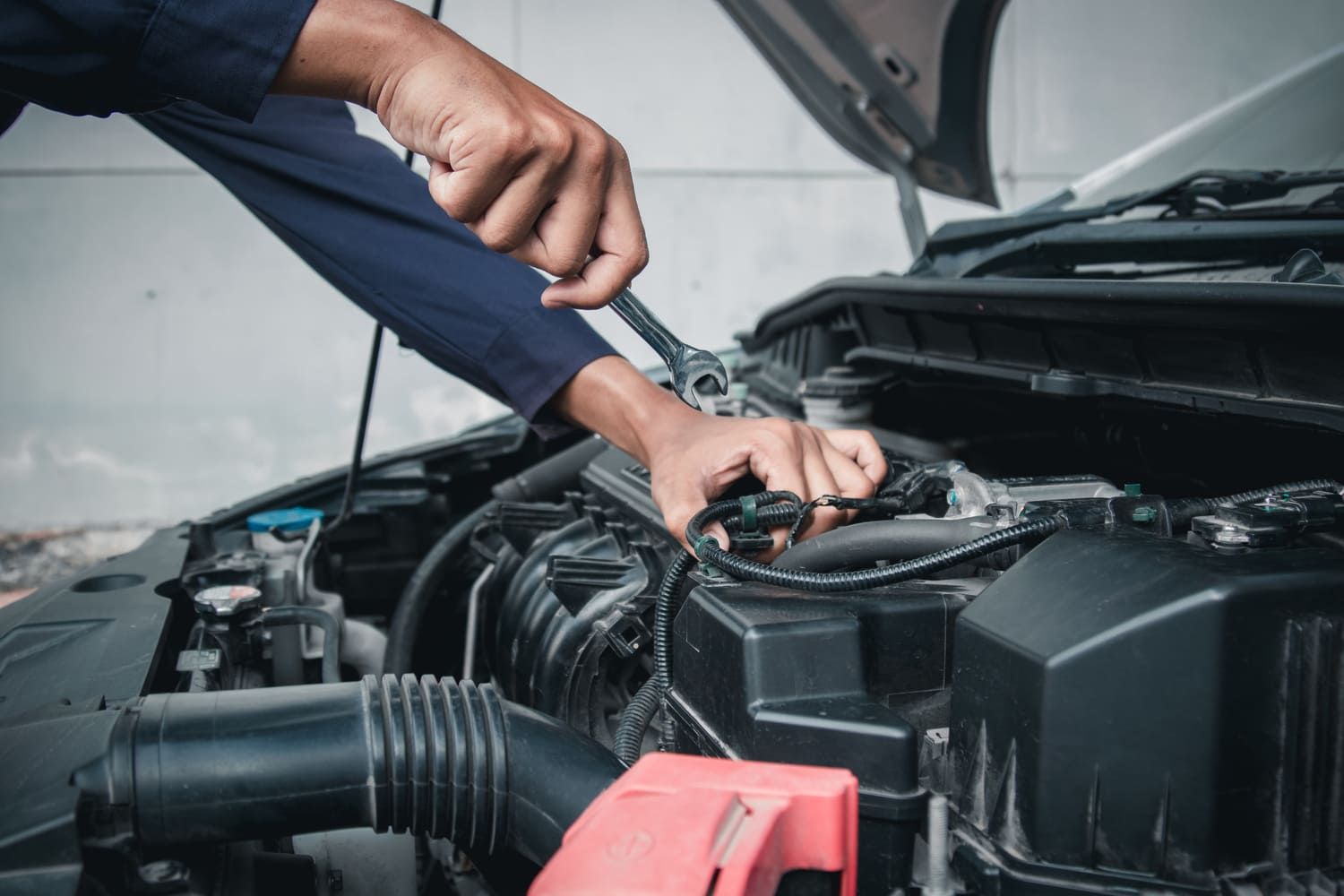>
Blog>
Ford EcoBoost Engine ReliabilityFord EcoBoost Engine Reliability
The Ford EcoBoost engine was first launched in early 2012 as a 3-cylinder turbocharged petrol engine, with a power output comparable to that of a much larger engine, whilst still keeping emissions low.
Since then, the EcoBoost has been available in almost all of Ford UK’s range of cars, but it has not come without its issues, to the point where you’ll get many people suggesting not to buy any EcoBoost-engined cars at all.
So what's the truth behind the Ford EcoBoost engine reliability, and should you avoid them?
Key takeaways
- What is the Problem With EcoBoost Engines?
- Are All EcoBoost Engines Bad?
- What Cars Use the EcoBoost Engine?
- How to Avoid EcoBoost Issues With Your Ford
- How Much Does Repairing an EcoBoost Engine Cost?
- What to Do if Your EcoBoost Engine Fails?
- Get Help Repairing Your EcoBoost Engine
What is the Problem With EcoBoost Engines?
The wet belt: Engines require a system to keep the rotation of the crankshaft in time with the rotation of the camshaft(s), in most modern cars, this is done with either a cam belt or cam chain. Learn more about the cam chain vs cam belt.
The EcoBoost engine used what’s known as a “wet belt”, this is a rubber cam belt that runs in a bath of oil to reduce noise and friction within the engine. The issue comes in that engine oil, particularly that contaminated with fuel, degrades the rubber of the belt over time.
This degradation led to remnants of the belt becoming clogged in the oil pickup at the bottom of the engine. This leads to improper lubrication, premature wear and/or catastrophic engine failure.

Are All EcoBoost Engines Bad?
It’s important to bear in mind that despite some owners having issues, if well maintained, the vast majority of Ecoboost engines offer reliable and efficient service to their owners. That said, some engines in the lineup don’t have the aforementioned “wet belt” issue.
Certain 1.5-litre engines, and certainly those made after 2019, do not suffer from the wet cam belt issue, but some do still use a wet belt to drive the oil pump, so these can experience similar issues.
With the likelihood of having a cam belt issue depending on the year of manufacture, engine model and service history, it’s best to double-check the car you are looking at sufficiently before committing.
What Cars Use the EcoBoost Engine?
Since the EcoBoost was released, most of Ford's cars have the engine, including:
- Fiesta
- Focus
- Puma
- Kuga
- EcoSport
- C-Max
- S-Max
- Galaxy
- Mondeo
How to Avoid EcoBoost Issues With Your Ford
If you already own a Ford with an EcoBoost engine, don’t panic, there are a few things you can do to avoid the dreaded engine failure issue, starting with:
- Check your car has a wet timing belt: As mentioned above, not all EcoBoost engines use a wet belt
- Check the condition of the engine oil: when doing a service, have your mechanic check the condition of the oil; if the belt has started to degrade, there will be signs in the oil
- Increase the frequency of your oil changes: Most models have a long oil change interval of around 18,000 miles. I would suggest changing to around every 10,000 miles instead
- Check the oil pump pickup: when the belt degrades, debris gets clogged around the oil pickup, preventing the pump from getting oil to the engine
How Much Does Repairing an EcoBoost Engine Cost?
If your EcoBoost has suffered significant damage associated with the wet belt clogging the oil pickup, it is likely you will need a new engine. On average, owners pay around £5,600 for a new engine to be fitted.
In some cases, the engine is not a complete write-off and can be repaired at a lower cost; this will depend on how long the engine has been running with low oil pressure.
Will Ford Repair an EcoBoost Engine?
In some cases, as a “gesture of goodwill”, Ford have assisted with the cost of replacing the engine. This is rare, however, and will often require a comprehensive history of the car, and even an independent report proving the belt is the cause of the problem, rather than servicing.

What to Do if Your EcoBoost Engine Fails?
If you have a Ford with an EcoBoost engine that has broken due to a wet belt issue, and the car is outside of warranty, you really only have two choices: either replace the damaged engine or sell the car as-is.
With replacement engines costing over £5,000, it is a careful balance to decide if the car is worth it, compare prices of cars on the used market, with similar spec, mileage and year.
Get Help Repairing Your EcoBoost Engine
If your EcoBoost Ford has an issue, related to the timing belt or not, Bumper’s zero-per-cent interest financing can help you get your car back on the road with car repair finance for your Ford.
Author - Joseph Law
Joseph has been writing about cars for over seven years and writing for Bumper for over two, blending his passion for automobiles with a talent for storytelling.
Joseph has written about engineering and cars for Autozilla, Komaspec, and several engineering manufacturers. When he's not writing or tinkering with one of his cars, Joseph dreams of owning an Alfa Romeo 33 Stradale.
Related Posts